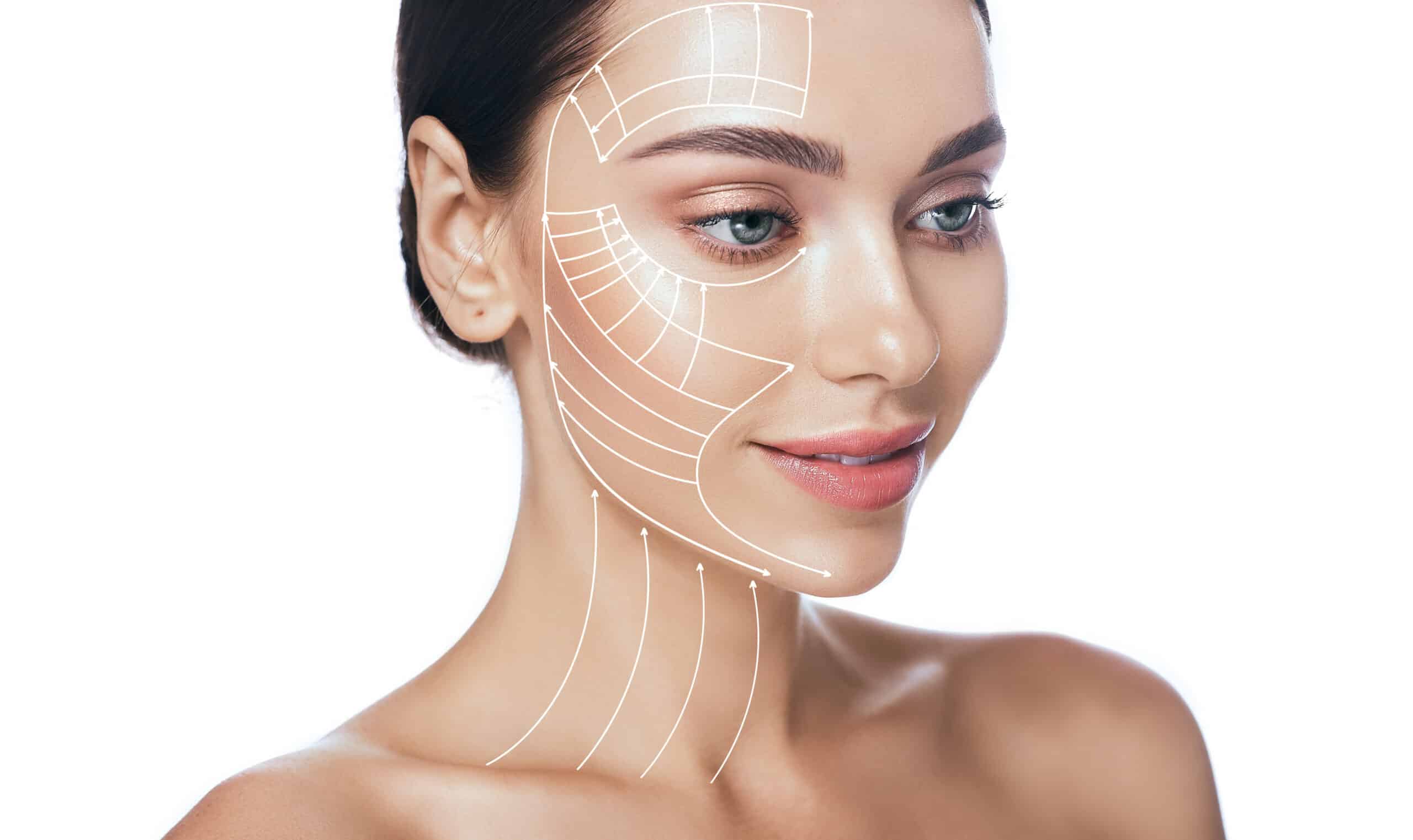
Is Ultherapy as Painful as You Think? (Pain Scale, Side Effects, Cost)
- November 11, 2022


Our skin begins to lose its elasticity as we age, leading to sagging and wrinkles. If you’re worried about these signs of ageing, one treatment you can consider is Ultherapy, a non-invasive cosmetic treatment available in Singapore for skin tightening and lifting.
As with other treatments, patients often ask: “Is it painful?”
The short answer is: “Usually not”.
Any discomfort you experience with Ultherapy treatment will hinge on your tolerance for pain and skin profile.
In this article, we will go through the mechanisms by which Ultherapy works to tighten skin, why the pain scale for Ultherapy treatment is rarely always consistent, and the cost of getting Ultherapy treatment in Singapore.
Ultherapy is a non-invasive cosmetic treatment that uses micro-focused ultrasound technology to lift and tighten skin. It delivers focused energy to the deeper layers of the skin, stimulating collagen production and causing the tissues to contract and tighten.
This results in a natural-looking lift and improvement in skin laxity. Over time, improving collagen production also means your skin will grow firmer, smoother and more youthful-looking.
Ultherapy is often used on the face, brows, neck, and chest to reduce wrinkles, fine lines, and sagging skin. Unlike other cosmetic treatments, Ultherapy does not require downtime or recovery, making it a convenient option for those with busy lifestyles.
During an Ultherapy treatment, a special gel is applied to the areas of your skin being treated. A handheld device is then used to deliver ultrasound energy to the deeper layers of your skin. This energy creates small points of heat, called thermal coagulation points (TCPs), which help to kickstart a process called neocollagenesis.
What we want to achieve from Ultherapy is the formation of new, strong collagen, known as neocollagenesis. Neocollagenesis occurs in response to Ultherapy treatment, and the process is as such: firstly, controlled inflammation occurs at the TCPs, which is followed by proliferation of fibroblast cells that produce new collagen. Lastly, maturation takes place to ensure that the new collagen is strengthened, which gives the tightening and lifting effect that we desire.
This entire process takes time, hence the optimum results of Ultherapy may only become evident after a couple of months.
Ultherapy has been clinically proven to be safe and effective in lifting and tightening the skin on the face, neck, and décolletage. In a study, 92% of the participants saw an improvement in skin tightening and/or wrinkle reduction, which continued up to one year.
The results of Ultherapy can also last over a year, making it a lasting and cost-effective choice for those who want to improve the appearance of their skin.
Ultherapy is generally well-tolerated by most people. On a pain scale of 1 to 10, most patients report pain to be around 3. Different people, however, have different levels of pain tolerance. The amount of pain experienced is also influenced by other factors.
Some body parts are more sensitive to touch and experience pain more intensely than others. This is because of the concentration of nerve endings in those areas. Your face, lips and fingertips are some examples of sensitive areas.
During an Ultherapy treatment, the ultrasound energy is focused on specific areas of the skin, creating heat points that stimulate the production of new collagen. The intensity of the energy determines the depth and extent of the heat points.
Higher intensity levels may create heat points that are deeper and more extensive, which can be more uncomfortable for the patient. In contrast, lower intensity levels may create shallower and less extensive heat points, which can be less uncomfortable for the patient.
Fortunately, your doctor can manage your pain before the treatment by using a topical numbing cream or medicine.
Besides pain, which is usually minor, there are some other side effects that may occur because of Ultherapy. It should be noted, though, that with a skilled doctor, your risks of getting any of these side effect are lower:
The cost of Ultherapy in Singapore can vary depending on factors like the practitioner’s experience and the number of sessions required to achieve the desired results.
At SL Aesthetic Clinic, Ultherapy costs between $2,800 to $4,500. This figure is based on the size of the area being treated.
If you’re interested in Ultherapy, choosing a reputable and experienced provider is essential. Many clinics in Singapore offer Ultherapy, but not all providers are trained to consider each aesthetic procedure in relation to a patient’s overall health and aesthetic needs.
Look for a clinic with a track record of success and positive patient reviews, and be sure to ask questions and express any concerns you may have before committing to the treatment.
SL Aesthetic Clinic is based in Singapore and we offer a variety of treatments for skin rejuvenation, including Ultherapy. Our doctors are highly experienced and trained to deliver results while minimising your discomfort during procedures.
Book a consultation with us to find out more about Ultherapy and how you can achieve the look you desire.
Like what you read? Share them!